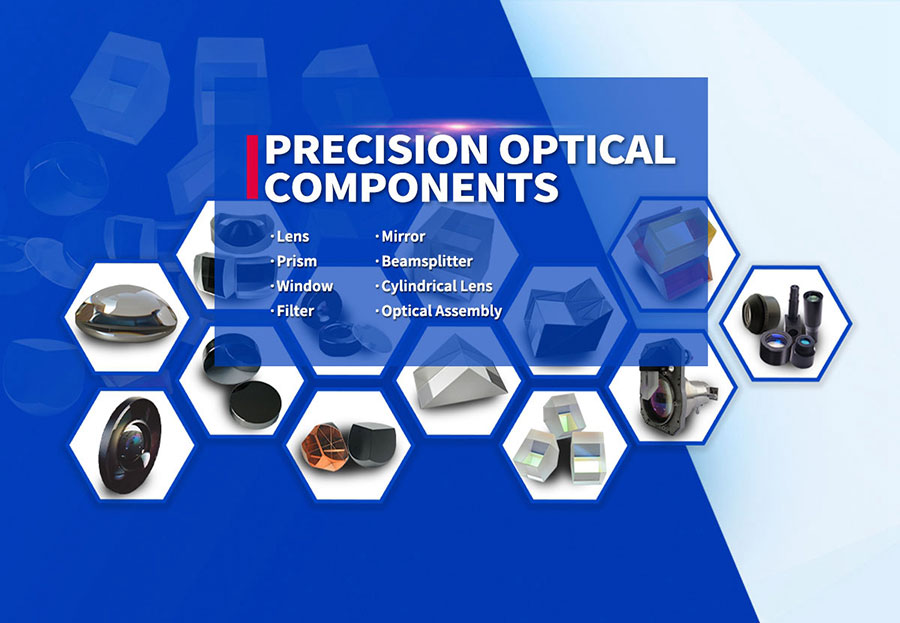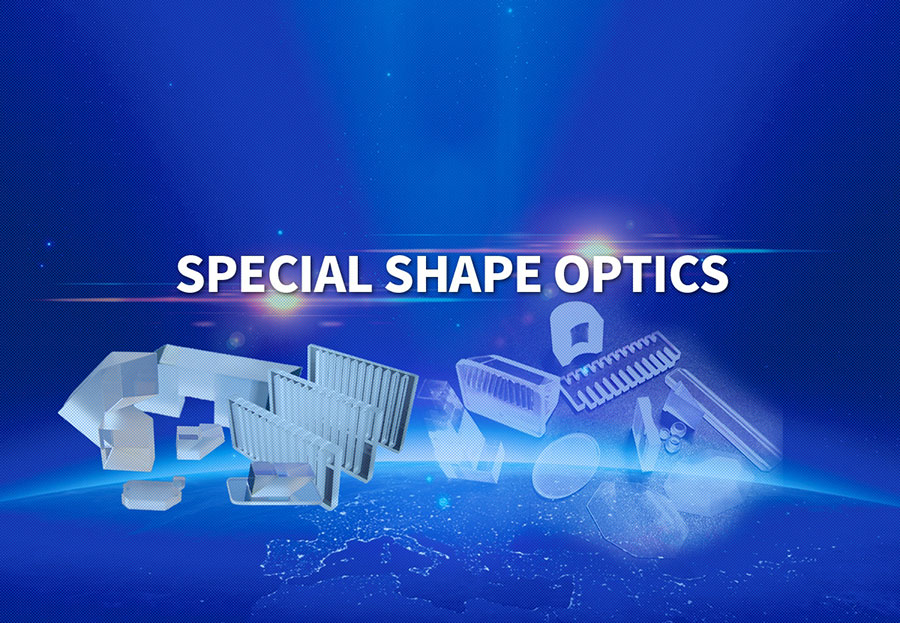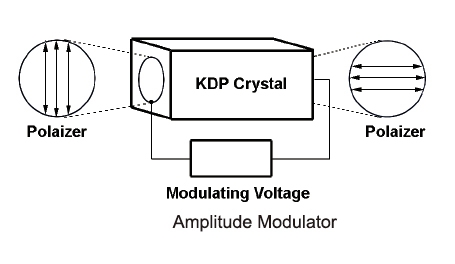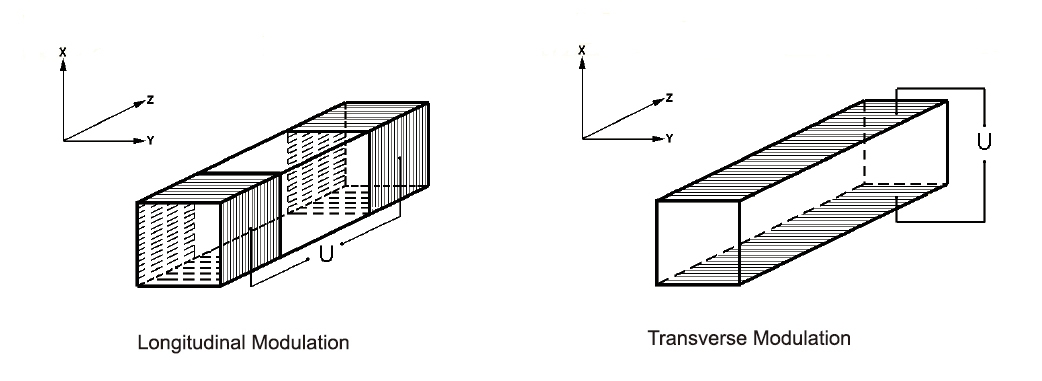





Electro-Optics Crystal
Electro-optic effect is the change in the refractive index resulting from the appliation of a DC or low frequency electric field. A field applied to an ansotropic electro-optic material can modify its refractive indices and thereby its effect on polarized light. The dependence of the refractive index on the applied electric field takes two forms: linear electro-optic effect, and quadratic electro-optic. Electro optics crsyals


Copyright © 2020 Foctek Photonics, Inc. All Rights Reserved All Rights Reserved 闽ICP备05011100号
Power:BAINANET


 sales@foctek.com
sales@foctek.com